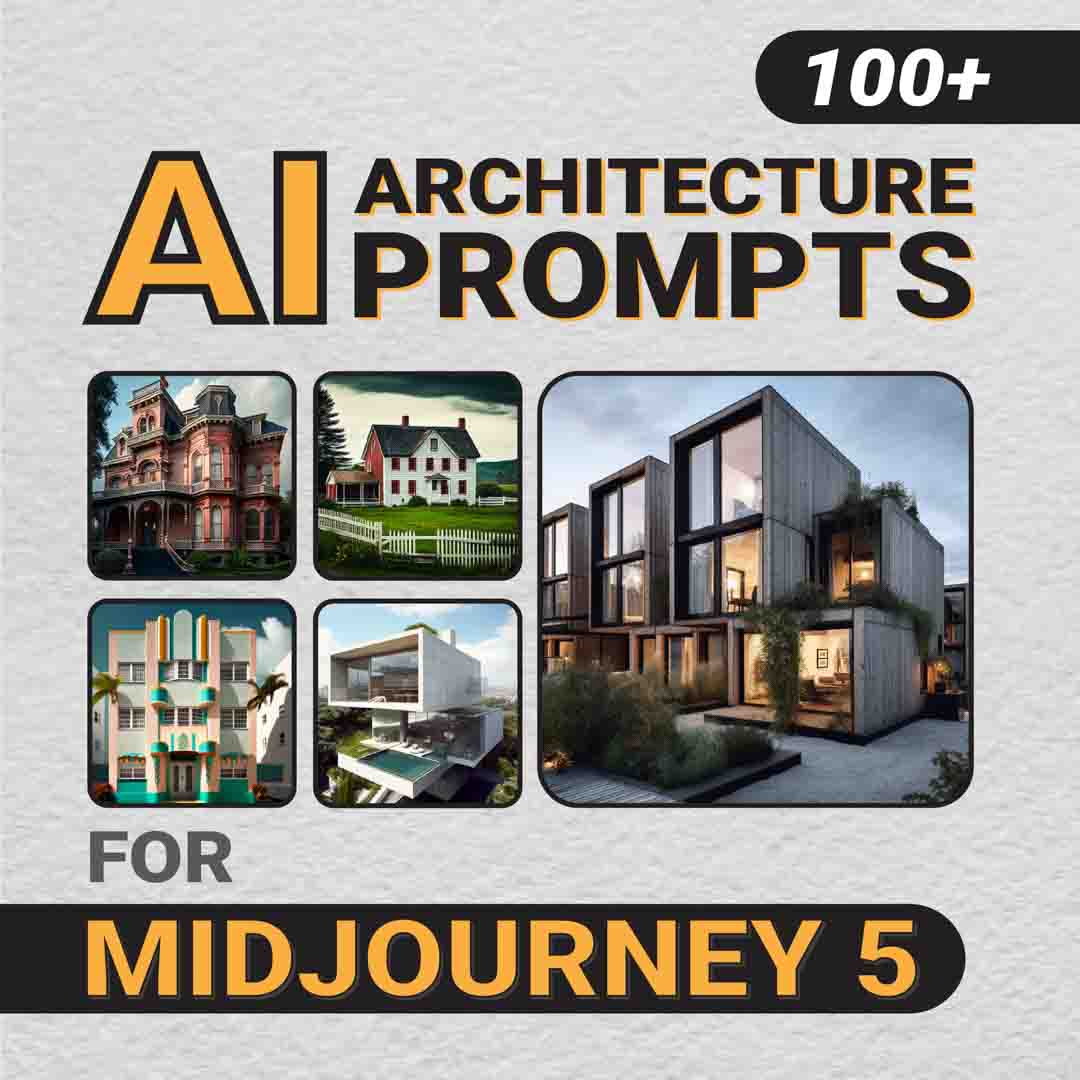Architecture is closely related to nature. In fact, shelter is one of the fundamental physiological needs, according to Maslow. Historically, architects have used the Fibonacci Sequence to create design constraints (…think about the Pyramids of Giza or any iconic Roman Architecture). Even today, many architects utilize the Fibonacci Sequence in contemporary design.

When starting any architectural design, it is imperative that the designers create a set of constraints. This allows the design to stay streamlined, as every decision made must pertain to the mathematical constraints.
What is the Fibonacci Sequence?
Leonardo Pisano Bigollo (1175-1250), known as “Fibonacci”, was an Italian mathematician from the Republic of Pisa who was considered to be one of the most talented Western mathematicians of the middle ages. The Fibonacci Sequence mathematically correlates with the “golden ratio”, which can be considered the physical manifestation of the formula – also represented by the greek alphabetical symbol, Phi (φ). The ratio can also be discovered in music – through tonal frequencies, timing signatures, and the physical design of instruments.
Many famous modern architects, such as Le Corbusier, have used the Fibonacci Sequence in systems of design to constrain architectural proportions to human scale. Corbusier saw the Fibonacci Sequence as a modern continuation of the ideologies of Vitruvius, Leonardo da Vinci, and Leon Battistia Alberti to name a few historic figures.
For the sake of this post, I will not dive too deep into breaking down the fundamental concepts of the Fibonacci sequence. Instead, let’s focus on its basic mathematical constructs, and how it can be applied to architectural design.
2 Modern Architectural Precedents Using the Golden Ratio:
- Visual Arts Building, University of Iowa (2016) – Steven Holl Architects | Fibonacci Sequence applied to plans and window configuration
- LEGO House, Billund, Denmark (2017) – Bjarke Ingels Group | Golden ratio extracted from LEGO Bricks – 21 stacked bricks (Fibonacci Number)
Creating Constraints with the Fibonacci Sequence
The theoretical site is located in Galveston, Texas. It is a parking lot, approximately 50’-0” (width) by 120’-0” (length). The site is somewhat barren, with very few elements to connect with, contextually. The site became somewhat of a “tabula rasa”, in the sense of design constraints. Because of this, constraints had to be created.

In this case, the Fibonacci Sequence was utilized to generate the fundamental building blocks of the architectural composition. The idea of breaking apart the Fibonacci Sequence isn’t that complex – but the real question became addressing the third dimension. How can the two-dimensional geometry of the Fibonacci Sequence be methodically projected into the third dimension?
The 3-Step Approach:
1. Break the Fibonacci Spiral down into square modules.
2. Create alternative geometry from the broken down modules, such as circles.
3. Experiment with visual relationships between the geometry and various configurations.
Geometric Reconfiguration: Proof that the Ratio Exists

Extracting geometry from the Fibonacci Sequence will maintain proportionate numerical values, even if broken apart into different geometric configurations. As long as the geometry is extracted from the sequence, the “Golden Ratio” spiral can still be examined.




Applying the Fibonacci Sequence to Architectural Programming
Theoretical Architectural Program:
Grade Level
Trolley Line / Platform — 7,500 sqft.
25 wide easement along Harborside Drive on the southeast side of the site for trolley (re: site plan) entrance and exiting (50% must be covered). Defined access points to outdoor market. The design of the platform and any enclosing or defining elements should promote a sense of arrival and destination, and should complement the architectural intentions of “The Link”.
Outdoor Market — 10,000(+/-) sqft.
Covered market area for permanent and temporary stalls selling food, clothing and merchandise (up to 40% of the outdoor
market can be on the second level) Sales/storage footprint “sites are available in two sizes, 15 x 30 and 30 x 30. Each site contains a removable storage container. The smaller site includes a 7.5′ x 15′ x 10′ high module and the larger site has a 7.5 x 30 x 10 high module. A limited number of sites can be configured to accommodate “anchor” tenants.
Harbor Plaza — 4,000(+/-) sqft.
Sitting, gathering and pedestrian ciculation linked to existing promenade alongside the Tall Ship Elissa. Include monumental staircase(s) to second level promenade and music venue. The City of Galveston has allowed for the public land between the Link site and the surrounding development along the harbor’s edge to be integrated into the paving and material pallet defining The Link Circulation and access extensions to the surrounding areas to the north, east and west can be considered, including from the Promenade Level.
Public Lobby
Enclosed air-conditioned lobby, with vertical circulation to second level promenade and music venue. Provide for “street performances” and other events promoting activities occurring at The Link. Include men and women’s restroom facilities with separate entrances from the exterior.
Administrative — 1,400 sqft.
Administrative (can be located at the Grade Level or Promenade Level)
Tickets, concessions — 200 sqft.
Coat Room — 100 sqft.
Administration Office:
Lobby — 500 sqft.
Management — 400 sqft.
Restrooms (2x) — 100 sqft. ea.
Promenade Level
Performance / Dance Hall — 13,000(+/-) sqft.
Lobby, Pre/Post Function Gathering Space — 1,000 sqft.
Seating / Dance Floor for 350 Persons — 2,450 sqft.
Stage — 750 sqft.
Backstage (Dressing rooms, receiving dock / elevator / storage) — 1,500 sqft.
Administrative Area (3 offices, reception, storage, coffee) — 1,000 sqft.
Control Booth Production Engineers Office — 300 sqft.
Concessions — 250 sqft.
Restrooms (250sqft. ea.) — 500 sqft.
Mechanical Room(s) — 700 sqft.
Electrical Room(s) — 200 sqft.
Sub Total = 8,650 x 1.4 (circulation, interior walls) = 12,110 x 1.1 (exterior walls) =
13,321 sqft.

LINKED MODULES
Fibonacci squares become program modules which are linked together at corners to create porosity in geometry.

ELEVATED PLANE
Program is elevated to create market space below, which entry from all angles on the site.

VOLUMETRIC AXIS
Occupants heading to the performance hall follow a central axis. Undulated rectilinear volumes create a dynamic experience of porous light that falls onto the market space below.

PROGRAM CLUSTERS
Interior program becomes separated by exterior program. Occupants enter through a central core which unifies the primary pieces of program: administration suite, performance hall, and promenade.

Want to step up your AI Architecture Visualizations? Grab a copy of my FREE eGuide, which contains over 100 examples of AI Architecture prompts to use with MidJourney 5.
Fibonacci Sequence in Architectural Plans
This sample project utilizes the Fibonacci Sequence initially in plan. After the conceptual form is generated through program analysis, the circulation concept is developed.
Program Concept 1: Linked Modules = Circulation
Following the notion of “linking”, the Fibonacci squares connect at their vertices. These connection points become circulation corridors.

Program Concept 2: Elevated Plane Creates Market Space
The first programmatic move is to raise the entire structure 13’-0” above grade. This serves functionally, as the site is prone to flooding. As a result of raising the building, the outdoor space created below becomes a natural extension of the street. This encourages passersby to cross through.




Program Concept 3: Public and Private Clusters
Occupants enter the building through the “Grand Entrance” module, which connects the Market space below to the Promenade above. The Promenade is an outdoor space, but the central portion is covered to create shade.



At the first floor (13’-0” AFG), the building is separated into three sections:
- Promenade (Center): Serves as the connecting program.
- Performance Hall (West): Public program
- Administration (East): Private Program
Fibonacci Sequence in Architectural Sections
The Promenade allows occupants to easily move through the building, on the ‘first floor’ (13’-0” above grade) and the ‘second floor’ (26’-0” above grade). Occupants ascending the building will be rewarded with expansive views of the surrounding site. The Outdoor Cafe serves as the primary destination for the second story.






Benefits of Using the Fibonacci Sequence in Architectural Design
Using the Fibonacci sequence as a set of constraints, every design decision made throughout the schematic design can be based on the metrics of the sequence. Compared to using a static grid, the fibonacci sequence allows for greater flexibility in terms of formal manipulation. From a poetic standpoint, it also adds another level of geometric analysis that contributes to the potential for deeper architectural interpretation.
Constraints = creativity.

Jon Henning
Hi, I'm Jon. I write about emerging technology in architecture, engineering and design, and I want to help you push boundaries with the latest tech trends in the AEC industry.
Want to step up your AI Architecture Visualizations? Grab a copy of my FREE eGuide, which contains over 100 examples of AI Architecture prompts to use with MidJourney 5.


